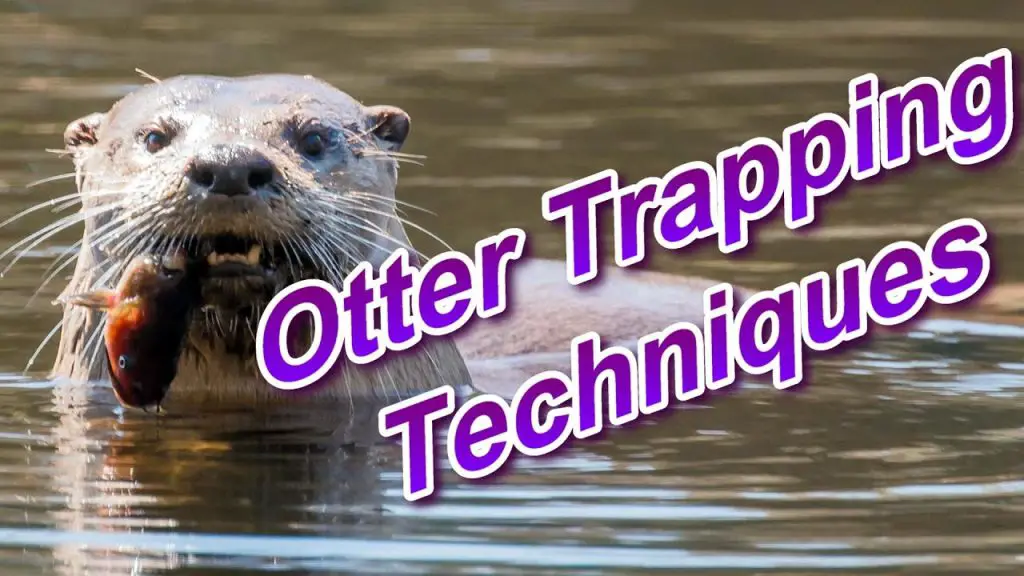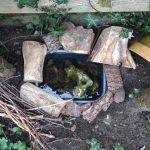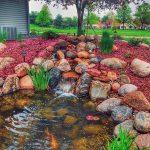Trapping otters in a pond can be a challenging but necessary task to protect fish populations and maintain the ecological balance of the ecosystem. Otters are skilled predators that can quickly deplete fish populations in ponds, causing damage to the aquatic environment. In this guide, we will discuss effective and humane methods for trapping otters in a pond.
Understanding Otters
Before attempting to trap otters in a pond, it is essential to understand their behavior and habits. Otters are carnivorous mammals that are excellent swimmers and primarily feed on fish, amphibians, and crustaceans. They are known for their playful nature and agility in the water, making them challenging to trap.
Identifying Otter Activity
One of the first steps in trapping otters is to identify their activity in the pond. Look for signs such as fish carcasses, tracks near the water’s edge, and droppings known as spraints. Understanding where otters are active can help you determine the best location to set up traps.
Choosing the Right Trap
When it comes to trapping otters in a pond, selecting the right trap is crucial. Live-capture traps are often the most humane option, as they allow you to catch the otter without causing harm. Choose a trap that is large enough to accommodate an otter and is made of sturdy materials that can withstand the otter’s strength.
Setting Up The Trap
Properly setting up the trap is essential to increase the chances of successfully capturing an otter. Place the trap near the water’s edge in an area where otters are known to frequent. Bait the trap with fish or other food sources that otters are attracted to, ensuring that the bait is securely attached to the trap to prevent the otter from escaping with it.

Credit: www.youtube.com

Credit: wildliferemovalusa.com
Monitoring the Trap
Once the trap is set up, it is crucial to monitor it regularly to check for any captured otters. Check the trap at least once a day to ensure that the otter is not left in the trap for an extended period. If an otter is captured, handle it carefully and contact local wildlife authorities for guidance on releasing or relocating the otter.
Preventing Future Otter Incursions
After successfully trapping otters in a pond, it is essential to take steps to prevent future incursions. Installing deterrents such as fencing or netting around the pond can help deter otters from returning. Additionally, reducing attractants such as overpopulation of fish or food sources near the pond can help minimize otter activity.
Conclusion
Trapping otters in a pond requires patience, diligence, and a humane approach to wildlife management. By understanding otter behavior, choosing the right trap, setting it up correctly, monitoring the trap, and taking preventive measures, you can effectively manage otter populations in ponds while maintaining the ecological balance of the ecosystem.





